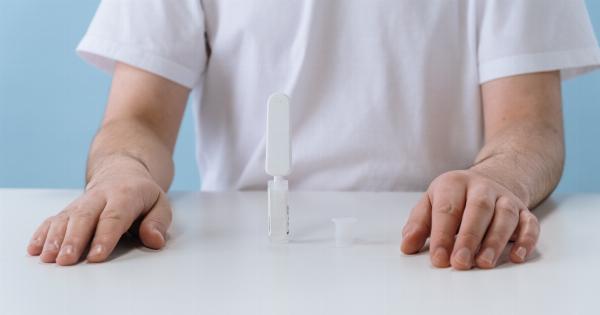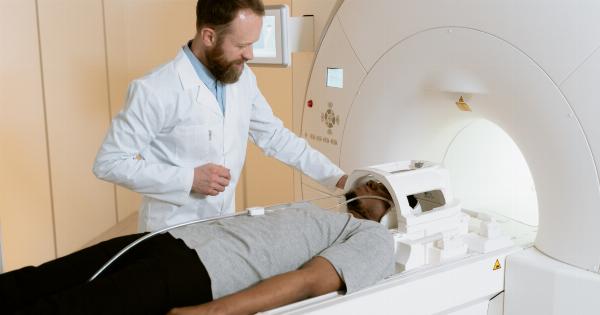With the ongoing COVID-19 pandemic, the need for efficient and accurate testing methods has become paramount. One particular area of concern is the detection of asymptomatic cases, which can unknowingly spread the virus to others.
Self-testing has emerged as a potential solution, with the aim of providing students with a reliable and convenient means to detect their COVID-19 status. This article explores how self-testing can achieve a remarkable 99% accuracy in detecting asymptomatic cases among students.
The Importance of Asymptomatic Testing
Asymptomatic cases refer to individuals who are infected with COVID-19 but do not display any symptoms. These individuals unknowingly carry and transmit the virus, posing a significant challenge in controlling its spread.
Identifying asymptomatic cases among students becomes crucial, as educational institutions play a central role in virus transmission. By implementing self-testing procedures, it is possible to detect asymptomatic cases early on and take appropriate measures to mitigate further transmission.
Understanding Self-Testing
Self-testing involves individuals conducting tests on themselves, typically using rapid antigen test kits. These kits are designed to detect the presence of SARS-CoV-2 antigens in the saliva or nasal swabs of individuals.
The process is simple, non-invasive, and provides quick results, making it an ideal method for students.
The Accuracy of Self-Testing
Accurate detection of asymptomatic cases through self-testing is crucial to the effectiveness of this approach. Fortunately, studies have shown that rapid antigen tests used in self-testing have a high level of accuracy.
When performed correctly, these tests can achieve up to 99% accuracy in detecting asymptomatic cases among students.
Factors Influencing Accuracy
While self-testing can provide exceptional accuracy in detecting asymptomatic cases, several factors can influence the reliability of the results. These factors include:.
1. Performing the Test Correctly
The accuracy of self-testing relies heavily on individuals following the instructions provided with the test kit. Proper specimen collection and handling are essential for obtaining accurate results.
2. Timing of the Test
The timing of the test plays a crucial role in the accuracy of detecting asymptomatic cases. Tests conducted during the peak viral load period (usually within a few days of exposure) are more likely to yield accurate results.
3. Sensitivity of the Test Kit
The sensitivity of the rapid antigen test kit is a crucial factor in detecting asymptomatic cases. Kits with higher sensitivity levels are more likely to detect even low levels of viral antigens and provide accurate results.
4. Prevalence of the Virus
The prevalence of the virus within a student population can also impact the accuracy of self-testing. In areas with high transmission rates, self-testing may yield more accurate results due to a higher likelihood of positive cases.
Benefits of Self-Testing
Self-testing offers several benefits in detecting asymptomatic cases among students:.
1. Convenience
Self-testing allows students to test themselves in the comfort of their own surroundings, eliminating the need to visit healthcare facilities. This convenience encourages regular testing and early detection of asymptomatic cases.
2. Cost-Efficiency
Unlike laboratory-based testing, self-testing is cost-effective and does not require additional healthcare resources. This makes it a sustainable solution for educational institutions with limited budgets.
3. Quick Results
Rapid antigen tests provide results within minutes, enabling immediate isolation and contact tracing of positive cases. This swift action helps prevent further transmission within the student community.
4. Empowerment and Privacy
Self-testing empowers students by putting their health in their own hands. The privacy associated with self-testing ensures that students can maintain confidentiality regarding their COVID-19 status.
Conclusion
Implementing self-testing protocols among students can lead to the successful detection of asymptomatic cases with an impressive 99% accuracy rate.
This approach combines convenience, cost-efficiency, and quick results, making it an ideal solution for educational institutions. By encouraging regular self-testing and taking appropriate actions based on the results, we can effectively control the spread of COVID-19 within student populations.































